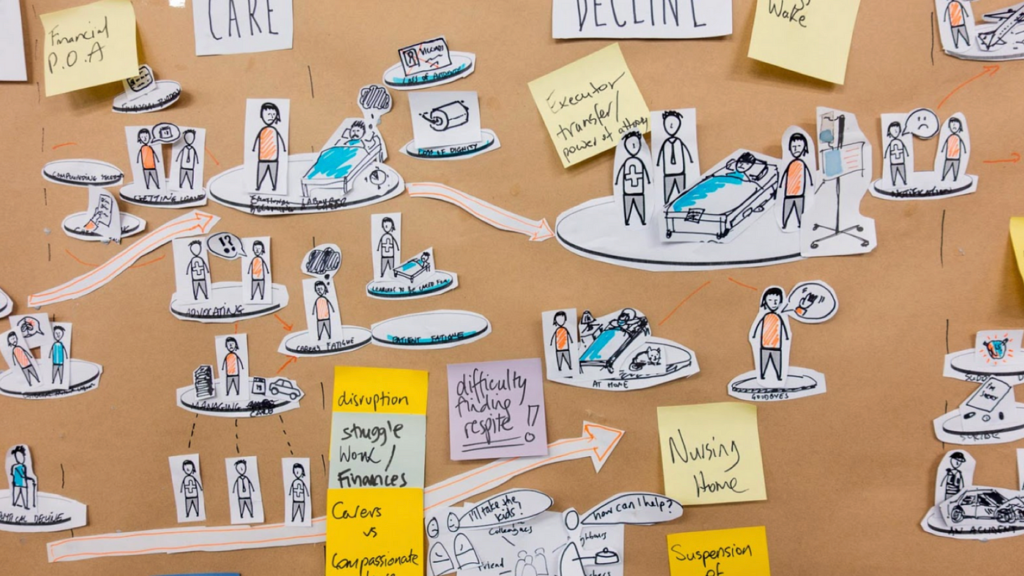Death of a Loved One
Coping with the death of a loved one is one of the most difficult events in anyone’s life. Although death affects us all at some point, Australians rarely prepare for it, and the topic itself is still taboo.
I worked on a project at Paper Giant for the Digital Transformation Agency, to uncover insights that could improve the role that government services play in this key life event, and to find opportunities to improve the experience for people in this often traumatic and difficult time.
Project team: Reuben Stanton, Chris Marmo, Katie Vasey, Lilian Pearce, Leah Baxter
Client: Digital Transformation Agency

Major life events such as the death of a loved one require multiple interactions with a variety of government services. Services are usually delivered from specific departments or organisational groups, which makes cross-departmental or cross-sector integration of services difficult. DTA engaged Paper Giant to take a holistic approach in understanding the death of a loved one in the context of people’s lives, and the broad spectrum of needs triggered by the event.
Over 10 weeks, we conducted in-depth interviews with over 40 people who had recently experienced the death of a loved one. We captured a diverse range of experiences, from people of different ages, socioeconomic backgrounds, locations, and culturally and linguistically diverse communities, including Aboriginal Australians. We used various ‘diffusion’ techniques to allow people to speak freely about their experiences, while lowering the risk of retraumatisation through the research.

We also spoke to service providers in death-related industries including medical staff, lawyers, counsellors, and funeral directors.
Our research showed that there is no one-size-fits-all solution that can be applied to end-of-life care or what happens afterwards. Death happens to everyone – not just old people – and death is not always something you can plan for.

The work uncovered opportunities for improvement that are widely applicable across all of government, and used journey mapping and other reporting to make evidence-based recommendations that address the needs of carers, medical staff, emergency responders and people at the end of their life.

Our journey map showing the complexity and nuance of the experience, the services people need to access, and the challenges they face. We paired this with a public research report that was shared widely and led to strategic initiatives across Federal and State Governments in Australia.

Since it’s completion, the project has travelled widely, and has led directly to changes in state governments around the country, including the introduction of digital death certificates that help protect privacy and reduce retraumatisation.